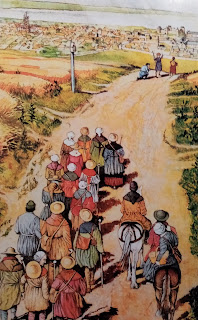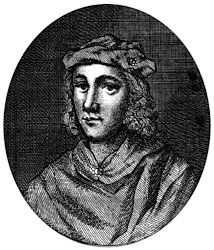King MacBeth

MacBeth The real story of the man is far from Shakespeare's celebrated version. Indeed, MacBeth's 17-year reign was a prosperous and generous one, and he was to be fondly remembered as the last great Celtic king of Scots. The single most important fact we know about MacBeth is enshrined in a line borrowed from a Latin poem composed within a generation of his death. It says: "In his time there were productive seasons" - fertile tempus erat. Or, as Andrew Wyntoun, the 15th Century Scottish chronicler put it: "All his tyme was gret plenté/Aboundand baith in land and sé." Scots in MacBeth's time still believed in vestiges of sacral kingship, which meant that if calamity came upon the land in such disasters as war, famine, pestilence or atrocious weather, the solution was to sacrifice the king. MacBeth could thus have earned no higher praise. According to an Irish poem, he actually radiated the prosperity for which he was so famous - he was 'ruddy-faced,...



